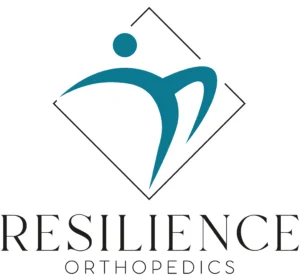Fractures & Broken Bones
Orthopedic & Fracture Clinic
Dr. Pamela Mehta, MD
Orthopedist, San Jose
Table of Contents
All About Fractures
Did you know that, on average, each person is expected to experience two occurrences of fracture in their lifetime?
So says the American Academy of Orthopedic Surgeons in a 2002 study. It is, therefore, essential to understand more about bone structure and treatments that can improve bone stability. By improving stability, we can contribute to the overall healing process.
In this article, we’ll discuss:
- What fractures are
- The many different types of fracture
- How and why fractures happen
- How we treat fractures
Read on to find out more!
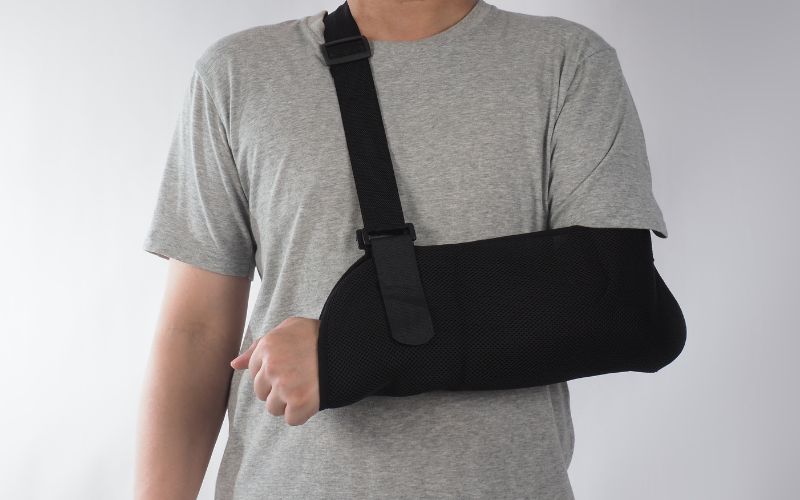
What is a Fracture?
Bone fractures, commonly known as broken bones, can occur due to many reasons. This can include accidents such as:
- Sports injuries
- Falls and tumbles
- Car crashes
Fractures can also happen due to medical conditions like osteoporosis and certain cancers that make bones weaker. Despite the strength and resilience of bones to considerable impact, they have their limitations as well.
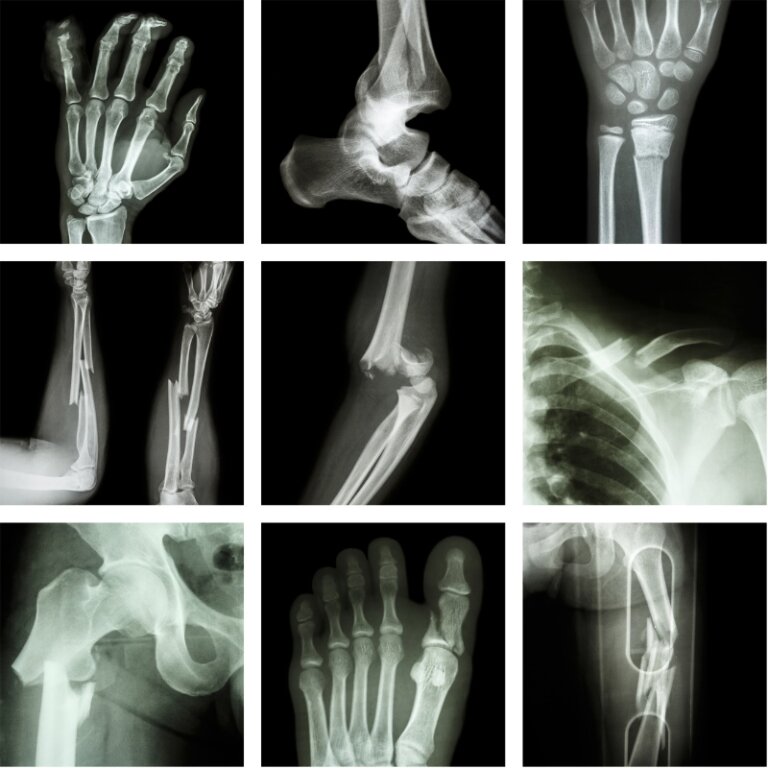
The severity of a fracture typically depends on how much force caused it. If the force only goes a little beyond what the bone can handle, it might crack instead of breaking all the way through.
However, if the force is strong, caused by an intense trauma, it can cause the bone to break or shatter. If strong enough, this can even lead to “open fractures” where your broken bone breaks through your skin.
There’s a common misconception that a bone “fracture” is different from a “broken” bone.In reality, both terms have the same meaning and refer to the same thing.
“Fracture” is just the medical term for a broken bone, so your doctor may use these words interchangeably. Fractured bones can be painful. Swelling from the break irritates nerve fibres around the bone, causing pain.
Muscles near the broken bone may spasm in an attempt to stabilise it, also contributing to the pain and affecting the total range of motion of the joint. Pain is an important factor in how we treat you at our fracture clinic in San Jose. We aim to reduce pain as much as we can, to make you as comfortable as possible.
Next, let’s go through the different types of fractures and their differences.
Book a Consultation with Dr. Pamela Mehta, MD
The Best Knee Surgeon in San Jose
Dr. Mehta is a board-certified orthopedic surgeon who can help you recover from your knee condition.
We can help if you:
- Are Suffering From Pain and Mobility Issues
- Need Orthopedic Assessment and Advice
- Want Treatment From a Top Orthopedic Doctor
Types of Fracture
Bones can break for different reasons, and we have a range of different ways to classify them.
Common types of fractures include:
- Occult and Subtle Fracture
- These aren’t visible on regular X-rays; may need other imaging for confirmation.
- Traumatic Fractures
- These happen from accidents (like falls or car crashes) or sometimes on purpose (resulting from abuse).
- Insufficiency Fractures
- These occur when the bone is not strong enough to handle regular stress, often seen in conditions like osteoporosis.
Bone fractures can range from minor to severe, depending upon various factors. These may include the extent of the damage incurred, your age, or underlying medical conditions.
The most serious types of fractures, which are more likely to undergo surgery, include:
Open (Compound) Fractures
These fractures involve the bone breaking through the skin, often requiring surgery to clean the wound and secure the bone. This is serious because once the skin is broken, there’s a risk of infection in both the wound and the bone.
Fractures can be either open or closed, and will also have one or more other classifications like those below.
Closed (Simple) Fractures
This is a closed fracture, also referred to as a simple fracture. It involves a broken bone where the skin remains intact.
Most fractures are “closed” and will have one or more other classifications such as the ones below.
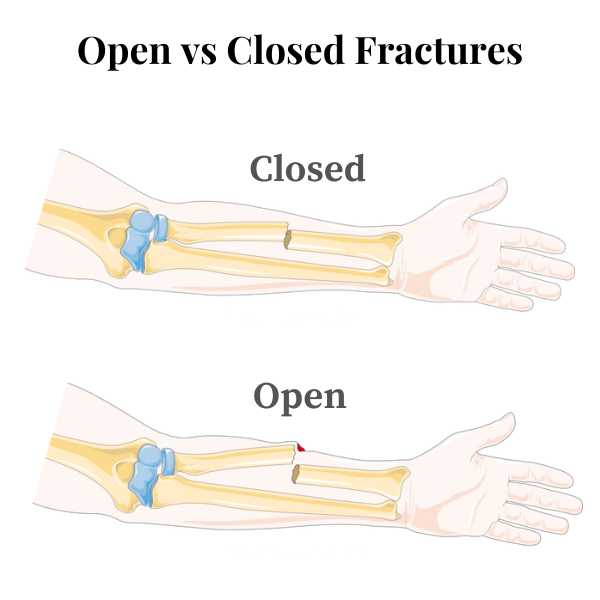
Common Fracture Types
- Comminuted fracture
- Involves the bone breaking into three or more fragments or pieces.
- Spiral fracture
- Goes around the bone like a spiral.
- Greenstick fracture
- Partial break, often seen in kids.
- Oblique fracture
- Exhibits an angled pattern in the fracture.
- Avulsion fracture
- Muscles or ligaments pull on the bone, causing a fracture.
- Pathological fracture
- Weak parts of your bone, caused by an underlying condition, lead to the bone breaking.
- Transverse fracture
- Characterized by a horizontal fracture line.
- Stable fracture
- The fractured bone ends align well and are slightly displaced.
- Oblique fracture
- Exhibits an angled pattern in the fracture.
- Compression fracture
- The bones get crushed, appearing wider and flatter, as is common in the spine.
- Fracture dislocation
- Joint dislocates, and one of the joint bones breaks.
- Glenoid fracture
- Glenoid fractures happen when the shoulder experiences notable damage, often in high-energy sports injuries.
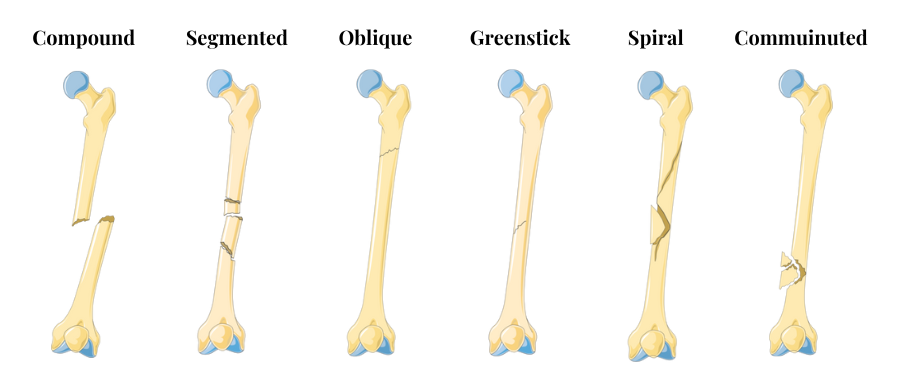
Other Types of Fracture
Displaced Fractures
In these fractures, the bone breaks into multiple pieces. Realignment through surgery is often necessary to ensure proper alignment.
Fractures with Joint Involvement
Spinal fractures
Fractures in the vertebrae of the spine may require surgery to stabilize the spine and prevent further damage.
Malunion Fractures
When fractures fail to heal correctly on their own, surgery may be needed to realign the bone and facilitate proper healing.
Assessing a Fracture
Fractures require emergency assessment, as late treatment can leave you with bones that don’t heal properly.
Most people with fractures end up in the emergency room. However, there are plenty of cases where symptoms such as longer-term shoulder pain can lead to a diagnosis at an orthopedic and fracture clinic.
Don’t take the risk of getting this important diagnosis wrong. Get in touch with an orthopedic surgeon if you think something is wrong.
Let’s go through the most important parts of fracture diagnosis.
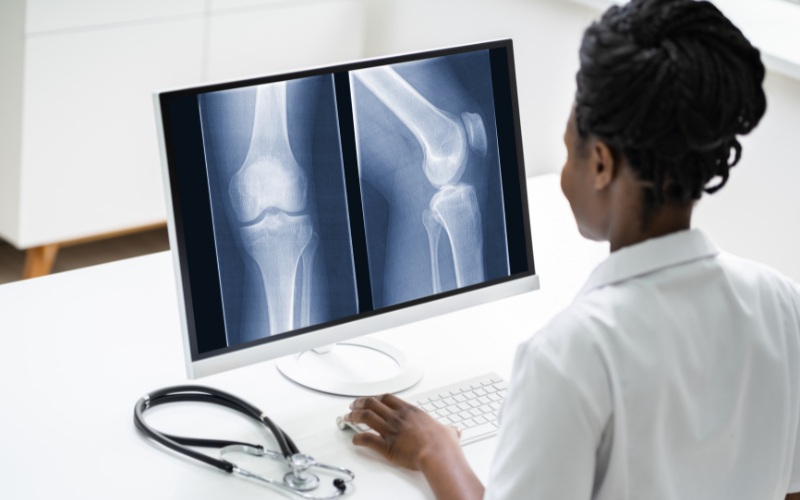
Causes
A bone fracture can be caused by many things, and often involve an accident. Accidents involving major trauma or high-force are most likely to cause fractures.
This isn’t always the case. Pathological fractures occur when your bone has been weakened by a bone condition.
Common causes of bone fractures include:
- Car accidents
- Sports injuries
- Falls from height
- Slips in older people
- Overuse injuries
- Osteoporosis, causing bone weakness
- Metabolic diseases and lack of important nutrients
Symptoms
The most common presentation of a fracture is when you experience sudden pain, difficulty moving, and abnormal appearance of a limb during an accident.
However, fractures can appear in many other ways. It’s important you get this checked in a fracture clinic.
Common fracture symptoms include:
- Intense Pain
- Swelling in the affected area
- Tenderness or soreness on touch
- Abnormal limb appearance
- Difficulty moving your limb
- Skin bruising or bleeding
- Signs of the bone breaking through your skin
Risk Factors
According to research, common risk factors for developing fractures include:
- Age
- As you get older, your risk of breaking bones again increases.
- Bone Conditions
- If you suffer from osteoporosis or a condition weakening your bones, they can break more easily, even from minor slips or falls.
- Force
- Low-energy fractures in older people show weak bones, while high-energy fractures are often associated with intense activities and do not necessarily predict future fractures.
- Previous history
- People with a history of fractures, especially older women, are more likely to have more fractures in the future.
- Early Fractures
- Fractures occurring early in life may affect lifelong risk more than those in later life, especially in males.
- Vertebral Fractures
- Having a vertebral fracture is a significant risk factor for having even more vertebral fractures (more so than other bones).
Diagnosis
Your doctor might assess your range of motion by either moving the injured area or instructing you to do so. Additionally, they may inquire about specific details regarding when and how the injury occurred.
To confirm a fracture diagnosis, your doctor may suggest one or more non-invasive imaging tests:
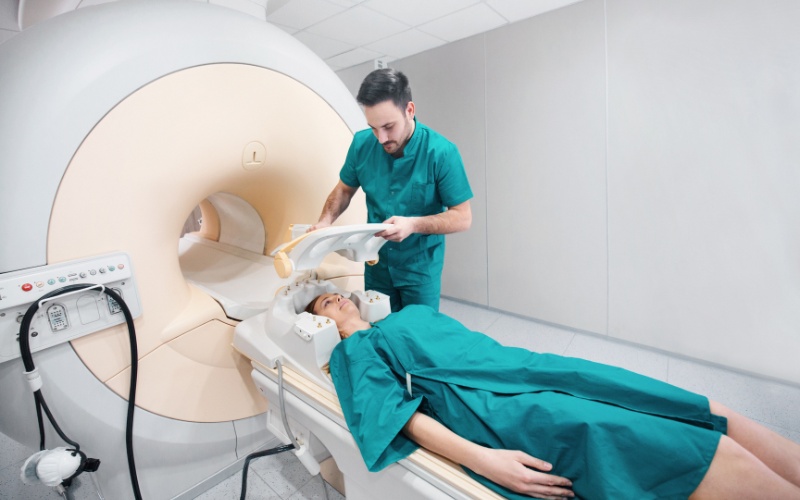
- X-ray
- Frequently employed for diagnosing fractures due to its ability to provide clear views of bone structures. It effectively captures details of the fracture, aiding in treatment planning.
- Magnetic resonance imaging (MRI) scan:
- This utilises powerful magnetic technology to offer detailed insights into soft tissues, aiding the assessment of the impact on tendons or muscles caused by an injury.
- Computed tomography (CT) scan
- This imaging test employs slices of specialized X-rays to reveal injuries from various angles. It can enhance the visibility of thin fracture lines or severe injuries compared to X-rays.
Treatment Options
Treatment for fractures depends on a few factors, such as:
- Force of injury
- Your medical history
- Age and mobility status
- Affected bones
- Whether the fracture is open or closed
- Type of fracture
Treatment will generally take the form of either surgical or non-surgical intervention. Surgery is sometimes necessary to fix the position of the bones and joint for healing. Other times, we can use casts or splints to help your bones to heal.
We also have to fix other problems that might have occurred at the same time as the fracture, such as a shoulder dislocation.
The timescale for these treatments also depends on a few factors:
Emergent means that your treatment will take place as soon as possible. This is treated as an emergency and will be dealt with quickly.
This is often required for serious fractures where the bone breaks through the skin (open fractures).
Urgent treatment will still most likely be treated in the Emergency Room, but with less urgency than in emergent cases.
This is necessary for displaced, unstable, or joint-involved fractures.
Elective means that you can receive treatment as an outpatient. These cases sometimes need surgery, but are often treated conservatively.
Immobilisation is achieved through splints, casts, or bone alignment (reduction).
Conservative Treatment
Conservative treatment aims to treat your condition without major interventions such as surgery or injections.
Orthopedic specialists will collaborate with you to create a treatment strategy that considers all aspects of your injury and overall well-being. They manage some minor arm and leg fractures using non-surgical approaches, which may include:
Medication
Pain and swelling near the injury site can be reduced with medications like ibuprofen. If over-the-counter options are insufficient, your doctor may prescribe stronger pain relievers.
Casting or splinting
Depending on where the bone is broken, your doctor might suggest wearing a splint, boot, or plaster cast for a few weeks. This keeps the broken bones still so they can heal safely and prevents more damage.


Walking aids
If you have a broken leg, your doctor may suggest minimising weight on it.
Your doctor will assist you in finding aids such as crutches or a wheelchair to keep you mobile during the healing process.
Physical therapy
Specific exercises and stretches can strengthen muscles and improve your range of motion. Physical therapy is designed to make movement easier in the affected area after a long bone fracture has healed.
The timing and frequency of physical therapy recommendations depend on your injury.
Rehabilitation specialists collaborate with you to create a personalised plan for you, depending upon your lifestyle and goals
Closed reduction
Sometimes, your doctor may gently move the bones back into place without surgery. They use this method when the bones have only shifted a little. Afterward, the injured bones are usually kept in place with a cast or brace.
Traction
In some cases, doctors use weights and pulleys attached to a bed to stretch the muscles and tendons around a fracture. This pulling force helps put the bones back in their natural position. They usually do this shortly after the injury happens.
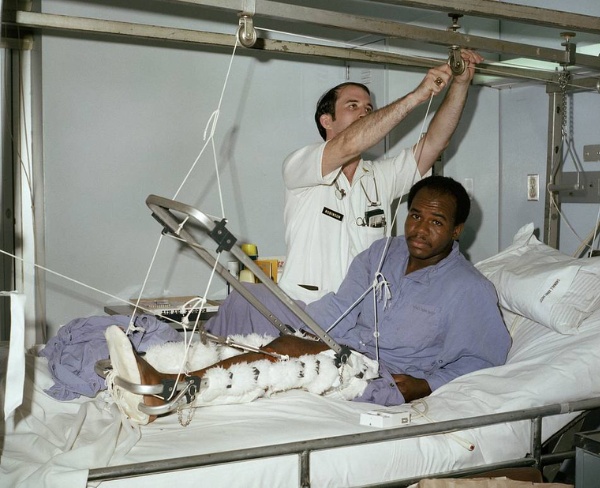
Fracture Surgery
Long bone fractures, like those in the femur (thighbone), often require fracture surgery to fix damaged tissues.
Your surgeon may use pins or plates to offer extra support, ensuring bones stay in place during the healing process.
Orthopaedic surgeons are skilled in both minimally invasive and traditional techniques, always opting for the least invasive approach. This includes arm and leg fractures that haven’t healed properly (known as non-unions or malunions) when seen in the fracture clinic.
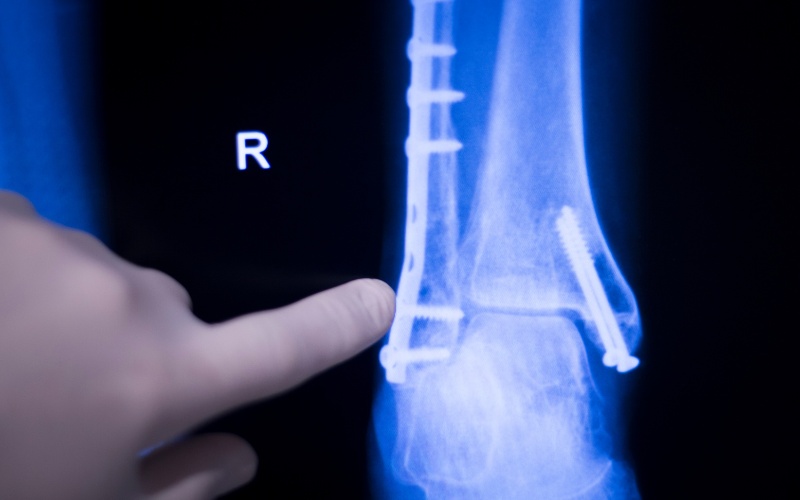
Depending on the damage, you may have to have a procedure on your muscles, ligament, and cartilage. You can read more about these procedures on our pages for:
Types of Surgery
The type of surgery required will depend on the location, the type of fracture, and your medical background. Sometimes this will be a small operation to ensure your bones are stable while healing. Other times this can be a major procedure that will take months to recover from.
Surgical options for fracture healing include:
Internal Fixation
Your surgeon would carefully reposition bones, often using metal tools like nails, pins, or plates to hold broken long bone fragments together during healing.
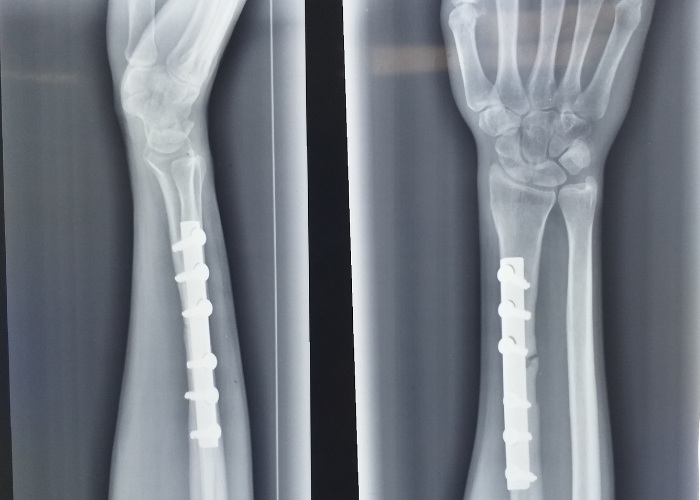
External Fixation
This involves surgeons securing severely fractured bones to metal rods or pins outside the body. The external frame connects to metal pieces attached to the bones, offering additional support to keep the injured bones in place.
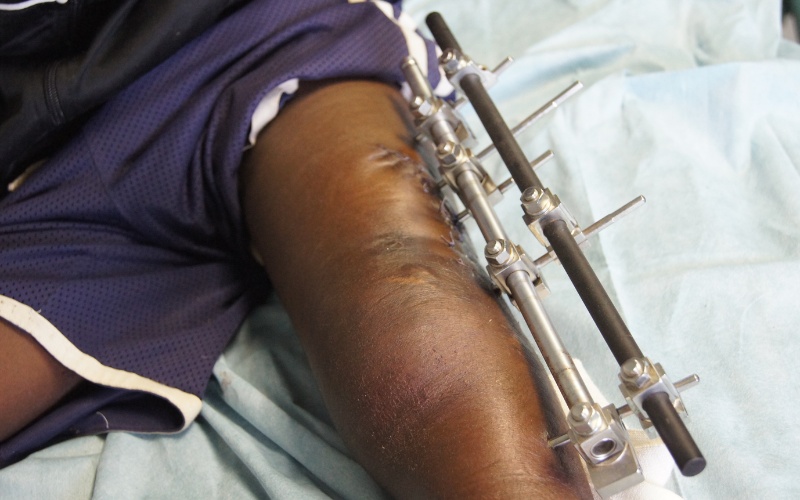
Bone Grafting
When some bone pieces are broken or crushed beyond repair, surgeons may reconstruct the fractured bone(s) using healthy bone tissue from another part of your body or a donor.
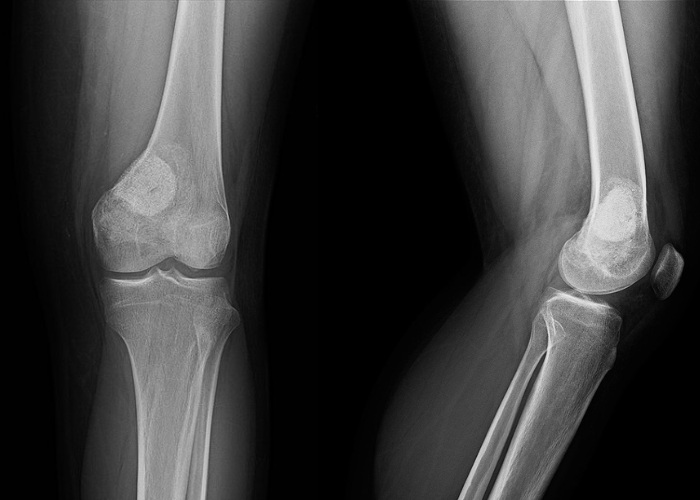
Arthroplasty (joint replacement)
If you break a joint, like your shoulder or knee, you may need joint replacement surgery. The damaged joint is replaced with an artificial one, made of metal, ceramic, or plastic, resembling and moving like a natural joint.
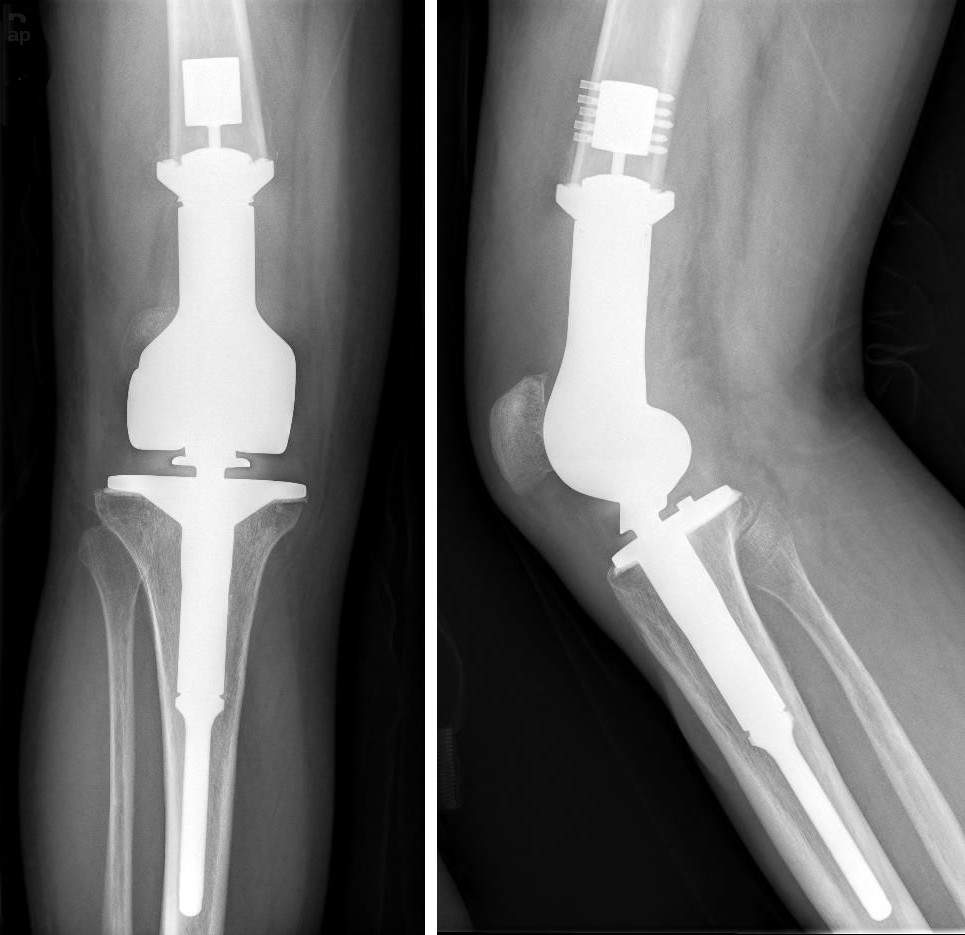
Risks and Complications
Inappropriate treatment may lead to complications. Some of the complications from fracture surgery can include:
- Acute compartment syndrome: This occurs when pressure builds up in your muscles, blocking blood flow and causing lasting damage to muscles and nerves.
- Malunion: When your broken bones heal, they may not join properly.
- Nonunion: Bones may not fully or properly grow back together.
- Bone infection (osteomyelitis): Open fractures, where the bone breaks through the skin, increase the risk of bacterial infection.
- Internal damage: Fractures can harm the surrounding area, affecting muscles, nerves, blood vessels, tendons, and ligaments.
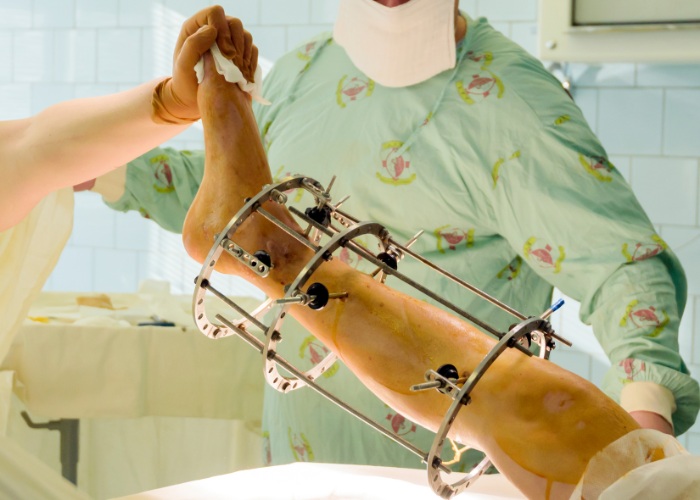
Common pain relievers available without a prescription, such as aspirin or ibuprofen, may cause bleeding and other issues post-surgery. Your surgeon will discuss suitable pain relief options with you.
Possible side effects of these pain relievers include:
- Bleeding
- Ulcers
- Stomach pain
- Bowel complications
Fracture Healing
Bones naturally heal after a break caused by injury. Treatments for fracture usually aim to help this healing process. By keeping your bones set in place, they will heal stronger and be properly aligned for the future.
The fracture healing process has three stages:
- Inflammation
- Repair
- Remodelling
Treatment options, like immobilisation, help support this process. Adult bones typically take 3-12 weeks to heal depending on the fracture site and severity of the fracture.
According to the Radiopaedia, typical healing durations for common fractures are:

Upper Limb
- Finger bones (phalanges): 3 weeks
- Hand bones (metacarpals): 4-6 weeks
- Wrist (distal radius): 4-6 weeks
- Upper arm (humerus): 6-8 weeks
- Forearm (lower arm): 8-10 weeks
Lower Limb
- Foot bones (metatarsals): 6+ weeks
- Shinbone (tibia): 10 weeks
- Hip joint (femoral neck): 12 weeks
- Thigh bone (femoral shaft): 12 weeks
After immobilisation or surgery for your fracture, you may resume movement in a few weeks, depending on the treatment. Severe fractures might take a year or longer to fully heal.
If you have persistent intense pain, contact your doctor immediately.
Prevention Tips
Although you can’t entirely avoid fractures, you can take steps to keep your bones healthy.
- Eat nutritious foods with plenty of vitamin D and calcium, and stay active by engaging in activities like walking, running, or exercising.
- If you have osteoporosis or are at risk, consult with your doctor to create a plan to prevent more bone loss. Having strong bones lowers the chance of breaking a bone in a minor accident.
- Be mindful of your daily movements, like not carrying things on stairs, and always wear your seatbelt.
- Wear well-fitting shoes. Replace them if worn soles make you stand unevenly and impact your balance.
- Quit smoking to enhance your bone health. Smoking makes bones more prone to breaking and slows down the healing process.
- As you get older, watch for dangers like loose rugs and make sure there's good lighting, especially near stairs.
- If you can, avoid going out in slippery conditions like ice, snow, or heavy rain.
Frequently Asked Questions
How are bone fractures diagnosed?
Diagnosis often involves imaging tests like X-rays, MRIs, CT scans, or bone scans to assess the extent and location of the fracture.
What factors affect the severity of a fracture?
The force causing the fracture, the bone involved, and the individual's overall health can determine the severity.
How are bone fractures treated?
Treatment varies based on the severity. Options include immobilisation (casts, splints), reduction (realigning bones), and in some cases, surgery.
What is the typical healing time for a fracture?
Healing time depends on the type and severity of the fracture but may range from a few weeks to several months.
Are there complications associated with fracture surgery?
Yes, complications may include acute compartment syndrome, malunion, nonunion, bone infection, and damage to surrounding tissues.
When should I seek medical attention for a suspected fracture?
If you experience severe pain, swelling, or suspect a fracture, seek medical attention immediately for accurate diagnosis and appropriate treatment.
